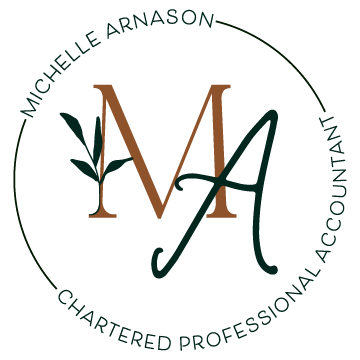How to organize your bookkeeping for the corporation
Let’s develop a system which handles your bookkeeping whether you are just starting out or you are trying to get back on track, here is the steps to get your on the right track.
Step One:
It is so important you pick a system and method which works for you.
Pick a method.
Outsource the bookkeeping, see our bookkeeping offering for this as packages start at $400 per month.
Do the bookkeeping yourself (which this guide is focused on)
Step Two:
Pick a tracking system – this is so important that you set up a system that works for your business. Every business is unique and if you are doing the accounting, your skill set is also important. If you are not a computer person, then a spreadsheet may be as complex as you want if you are doing it yourself. Also, make sure to consider, do you need to set up online payments of invoicing? Do you need monthly reports as a excel document is unable to provide this information to you easily.
Spreadsheet
Paper tracking (more expensive for accounting as we would need to eventually digitalize all this information)
Software program such as Quickbooks, Sage or Wave.
Step Three:
Set up the system, this means understanding the business, the income and expenses and making sure it matches your business. You do not need to make this complicated, simple is sometimes better! Every business has different expenses.
If you are planning to use a excel document, we have some templates which you are able to use to summarize a few key items:
Bank template, this can be used to summarize all the bank statements monthly but please do cusomtize it for your business epxenses.
Expenses paid by shareholder (that’s you!) which will summarize all the expenses which were paid on behalf of the business from a personal account.
Credit card – you can use the bank template and summarize the monthly expenses paid by the credit card.
Step Four
Gather all the information to do the bookkeeping. It is important to make sure you have receipts for the expenses you are claiming and a system to be able to find them at a later date if audited.
What do you need to gather
Monthly bank statements
Monthly credit card statements
Receipts
Invoices
Digital receipts received and make a system to either print these or have a filing system electronically developed.
Step Five
Do the bookkeeping!!
Take the monthly bank statements and credit card statements and start to input the information into the tracking system. This includes checking you have the supporting receipt, separating the GST from the expense and categorizing all the amounts in and out of the bank account.
Do the same for your credit card.
Once that is done, try to track down the other receipts you have and determine how they were paid. For example, did you pay this from your personal account, if so you can be reimbursed for this amount. We can determine the final reimbursement at the end of the year so simply summarize all the expenses paid for the business.
Step Six
Review
If you are using excel, does the bank summary match the balance on the bank statement at the end of the month? If not, some common errors are:
Entering the incorrect amount for a entry, for example, adding a extra zero/number or missing a zero/number
Double entry of the same amount.
If you are using a software, pull the balance sheet report on that date, does the bank and credit card balances on this report match what is showing on the statements? Was a reconciliation done for these accounts after the data entry was done, if it is not matching try to do a bank/credit card reconciliation of this account using the software.

